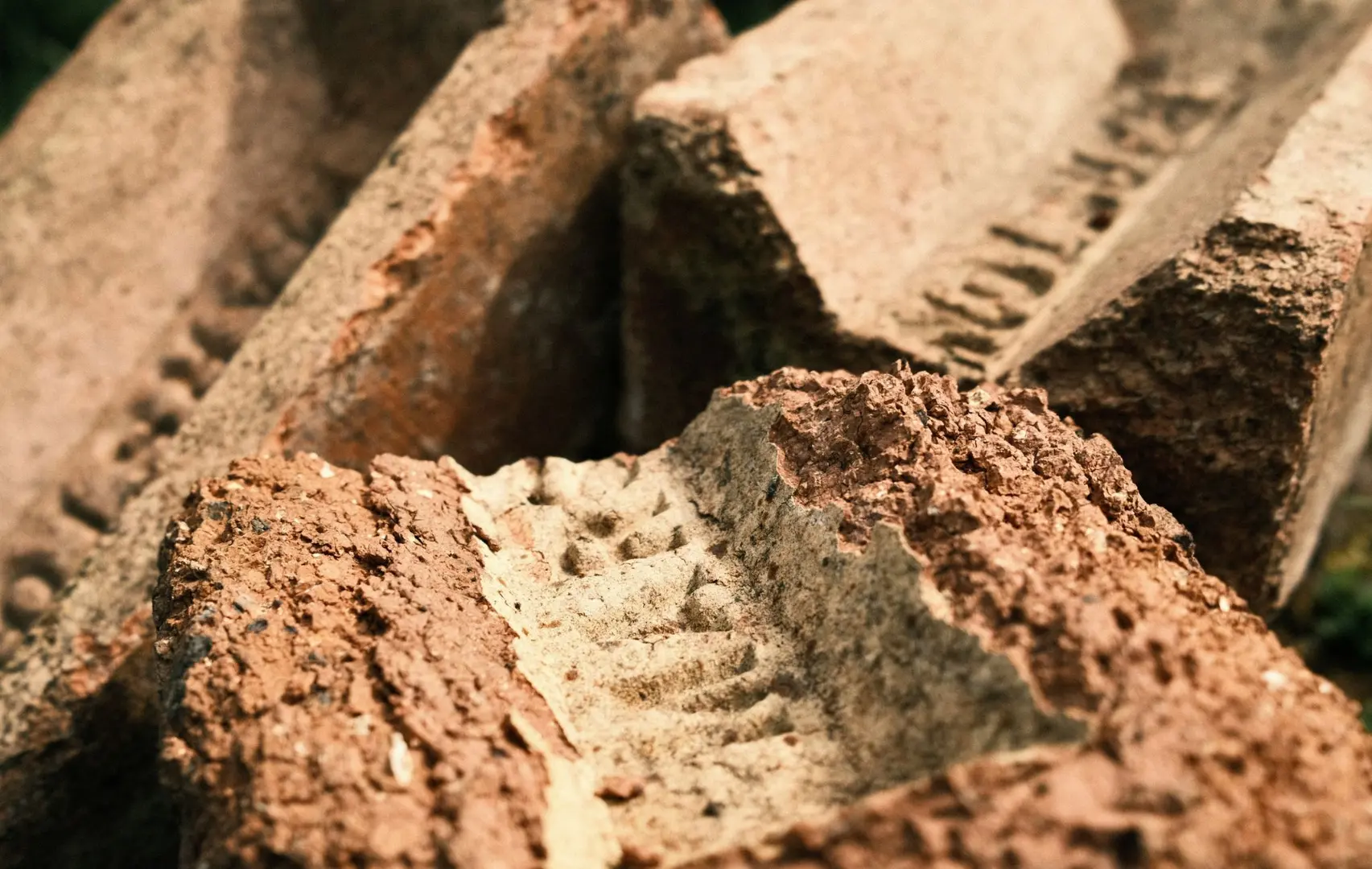13 November 2025
1 Peter 2: Living stones
Major Graham Mizon
Major Graham Mizon reminds us that Jesus is the one who invites us, unites us and holds us together.
Key texts
As you come to him, the living stone – rejected by humans but chosen by God and precious to him – you also, like living stones, are being built into a spiritual house’ (1 Peter 2:4 and 5).
Describing Jesus and his followers as stones may seem rather strange. It hardly feels complimentary to be referred to as a stone or a brick. On the other hand, it was to Simon that Jesus gave the name Cephas, or Peter, meaning ‘rock’ or ‘stone’ in Matthew 16:13–18. Jesus revealed to Simon, and to the other disciples gathered at Caesarea Philippi, that Cephas would become the ‘rock’ on which the church would be built. ‘And I tell you that you are Peter, and on this rock I will build my Church, and the gates of Hades will not overcome it’ (Matthew 16:18). Indeed, the impulsive Galilean fisherman did become a steady, strong and loyal pillar of the first-century Church.
Pause and reflect
- Can you recall people in your life who have rock-like faith?
- How is your faith just now? Steady or shaky?
At least Peter describes Jesus as being a living stone. Unlike lifeless stones and bricks, we can enjoy a living and vibrant relationship with a resurrected Jesus who is the fullness of God and who invites us into fullness of life (see John 10:10). Jesus is not just any stone. Even though he had been rejected and discarded, Jesus is the cornerstone (see Isaiah 28:16).
While this imagery may sound bizarre to us, it wouldn’t seem strange to a first-century Christian. It was making sense of prophecy from Psalm 118: ‘The stone the builders rejected has become the cornerstone; the Lord has done this, and it is marvellous in our eyes’ (vv22 and 23).
Pause and reflect
- When have you needed Jesus to be the solid cornerstone of your life?
- When you are surrounded by chaos, confusion or uncertainty, do you go to Jesus or elsewhere for strength and security?
The invitation that Peter is presenting is for us to come to Jesus like living stones. Jesus is the cornerstone, and we are being summoned to be parts of this living building. Jesus is the one who invites us, unites us and holds us together. Theologian Tom Wright calls this ‘Temple language’, where Temple imagery is used to describe the Christian community.
What we see throughout the whole of Scripture is a Temple story that is gradually revealed and continues to be revealed. So, to better understand Peter’s words here, we should start at the beginning.
When Moses led the Israelites on a 40-year wilderness journey, they needed a portable sanctuary where they could worship God. God instructed them to build a large tent called a ‘tabernacle of meeting’ (see Exodus 31:1–11). Tabernacle means ‘dwelling place’. This is the place where God would dwell with his people.
During King Solomon’s reign, a Temple was built (see 1 Kings 6). This became a more permanent dwelling place of God.
Pause and reflect
- To prepare for what comes next, spend a moment reflecting on what ‘church’ means to you. The building? The people? Reflect on what it is and what it does.
Although invading Babylonians destroyed this Temple, a second was built around 516BC. However, in AD70, the Romans destroyed it, fulfilling the words of Jesus when he warned in Luke 21:5 and 6 that ‘not one stone will be left on another’.
It is significant that, when John commences his Gospel by announcing that the advent of Jesus was nothing less than God being with us, he used the Greek word skēnoō, meaning ‘to dwell’ or ‘to tabernacle’. ‘The Word became flesh and made his dwelling among us’ (John 1:14). Jesus would dwell with us but, importantly, we would also find our dwelling place in him (see Psalm 90).
The Tabernacle and the Temple were forward-looking signposts to Jesus, who would dwell with us. Here’s the thing: he would become the cornerstone of a spiritual building, of which everyone is invited to be a living stone. This dwelling is not only about Jesus coming to Earth, but is also a promise that – just as the fullness of God dwells within his Son – so we too will be filled with all his fullness.
The coming of Jesus, however, doesn’t bring us to the end of this Temple story. The Tabernacle and the Temple have always been understood as being the place where Heaven meets Earth. However, the ultimate rebuilding of the Temple will not take place until there is a new Heaven, a new Earth, and a new Jerusalem. It is what Isaiah foresaw: ‘See, I will create new heavens and a new Earth. The former things will not be remembered’ (Isaiah 65:17).
Pause and reflect
- Read Colossians 1:15–20. Meditate on the supremacy of Jesus.
The Book of Revelation contains a remarkable vision where we discover that Heaven is where all living stones find their ultimate dwelling place: ‘Look! God’s dwelling-place is now among the people, and he will dwell with them. They will be his people, and God himself will be with them and be their God’ (Revelation 21:3).
As we build his church today, reflect on these words: ‘By the grace God has given me, I laid a foundation as a wise builder, and someone else is building on it. But each one should build with care’ (1 Corinthians 3:10).
Bible study by

Major Graham Mizon
Discover more

As The Salvation Army celebrates its 160th anniversary, Major Lynne Shaw asks what makes us who we are.

Salvationist hears from some of the corps who are embracing diversity, inclusion and intercultural ministry.

Salvationist asks people around the territory why they attend their corps.

